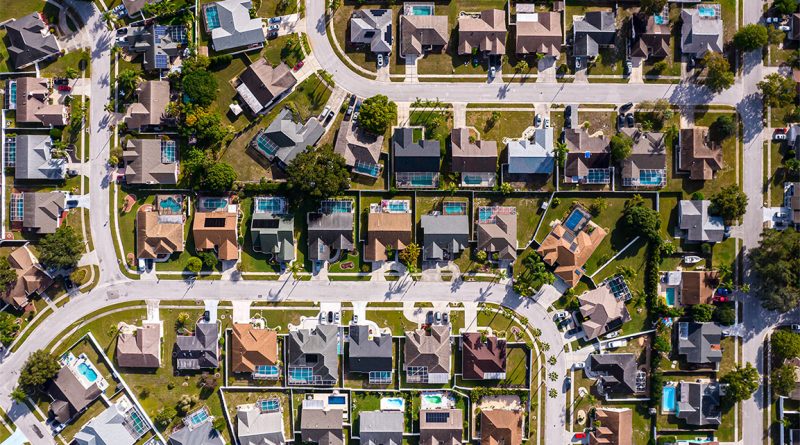Florida’s housing market cools: Top cities see price declines
Subscribe to our free newsletter today to keep up to date with the latest modern home builders news.
Florida’s housing market, once a symbol of pandemic-era growth, is beginning to show clear signs of cooling. Cities that saw surging demand and skyrocketing prices during the real estate boom are now experiencing noticeable declines in home values. With interest rates remaining high, insurance costs rising, and inventory slowly increasing, buyers and sellers alike are adjusting to a new reality in the Sunshine State.
Recent market reports indicate that popular metro areas such as Miami, Cape Coral and North Port are leading the shift. Sellers who once commanded record-high prices are now dropping asking prices to attract hesitant buyers. While demand remains stronger than in some parts of the country, the trend reflects a recalibration that many real estate experts say was inevitable after years of aggressive growth.
Key cities experiencing price declines
Miami, long one of the most competitive real estate markets in Florida, is seeing a softening in price momentum. According to Realtor.com data, Miami’s median listing price dropped more than 3 percent year over year, with homes lingering on the market longer than they did at the market’s peak. Similarly, Cape Coral and North Port have seen double-digit increases in inventory, putting downward pressure on listing prices.
This change is not confined to a single metro area. Other high-demand cities like Tampa and Orlando are also witnessing a slight correction. Many sellers, facing higher insurance premiums due to storm risks and surging property taxes, are forced to adjust expectations to close deals. Combined with an uptick in new construction, the added supply has diluted the tight market that once drove prices relentlessly upward.
Contributing factors to the market shift
Several forces are behind this cooling trend. Higher mortgage rates, which have hovered above 6.5 percent for much of the year, have reduced affordability for buyers. Monthly mortgage payments in Florida’s more desirable markets are now out of reach for many middle-income families compared to just two years ago.
Insurance costs are also a significant burden. Florida homeowners have seen insurance premiums increase sharply following a series of damaging storms and tightening coverage requirements. Property taxes have also climbed in many municipalities, adding to the carrying cost of owning a home. These factors combined have softened demand while encouraging some owners to sell before costs rise further.
Expert predictions and market outlook
While prices are trending downward in several cities, few experts expect a dramatic crash. Instead, many forecast a gradual return to a more balanced market where supply and demand align more closely. Some predict that additional inventory from new construction will help stabilize prices by the end of 2025.
However, the picture varies by city. Coastal regions more vulnerable to hurricanes and flooding are likely to face greater insurance-related challenges, which could suppress price growth longer than inland areas. Florida’s overall population growth remains strong, which may buffer the market from deeper declines seen in less popular states.
Implications for buyers and sellers
For buyers, the current market offers a window of opportunity to purchase properties with less competition than during the frenzy of 2021 and 2022. Negotiating power has shifted slightly back to buyers, who may find more flexible sellers and better deals, especially on homes that need work or have been on the market for months.
Sellers, meanwhile, are adjusting to this new environment by pricing homes more competitively and offering concessions to close deals. Real estate professionals suggest that accurate pricing and strategic marketing are key to attracting qualified buyers in a softer market.
Sources:
